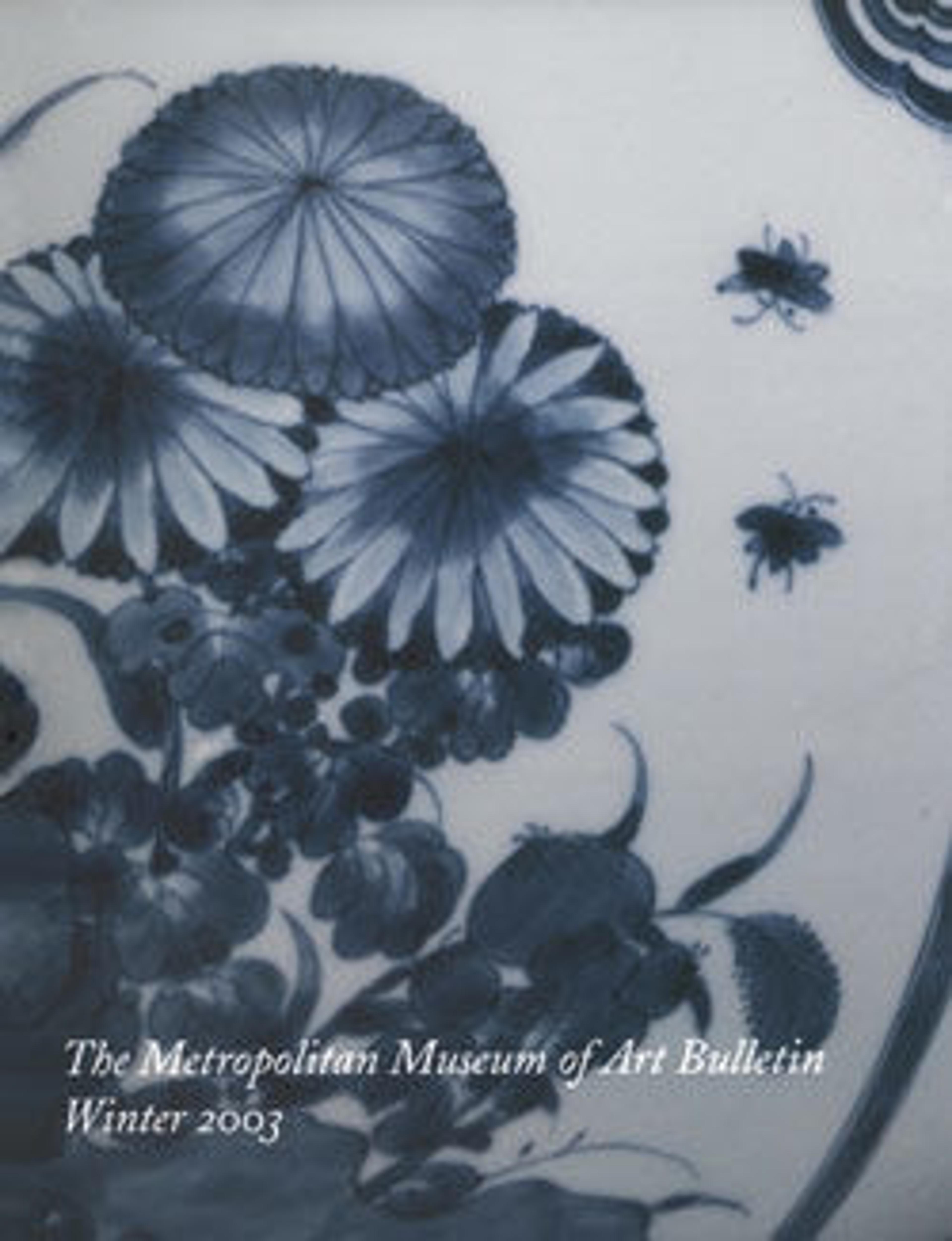Pagoda and Case
This intricately carved ivory pagoda was acquired in China by Samuel Shaw, who arrived in the port city of Canton (Guangzhou) in 1784 aboard The Empress of China, the first merchant ship sent there from the newly independent United States. Shaw’s tower is modelled after the famous "Porcelain Pagoda" of Nanjing, a structure that was synonymous with China for Westerners. The model replicates its distinctive nine-story elevation with tiered roof eaves adorned with small bells.
Artwork Details
- Title:Pagoda and Case
- Date:Qing dynasty (1644–1911), ca. 1784–92
- Geography:Made in China
- Culture:Chinese, for American market
- Medium:Ivory, wood
- Dimensions:50 × 15 1/2 in. (127 × 39.4 cm)
- Credit Line:Rogers Fund, 1958
- Object Number:58.73a, b
- Curatorial Department: The American Wing
More Artwork
Research Resources
The Met provides unparalleled resources for research and welcomes an international community of students and scholars. The Met's Open Access API is where creators and researchers can connect to the The Met collection. Open Access data and public domain images are available for unrestricted commercial and noncommercial use without permission or fee.
To request images under copyright and other restrictions, please use this Image Request form.
Feedback
We continue to research and examine historical and cultural context for objects in The Met collection. If you have comments or questions about this object record, please contact us using the form below. The Museum looks forward to receiving your comments.
